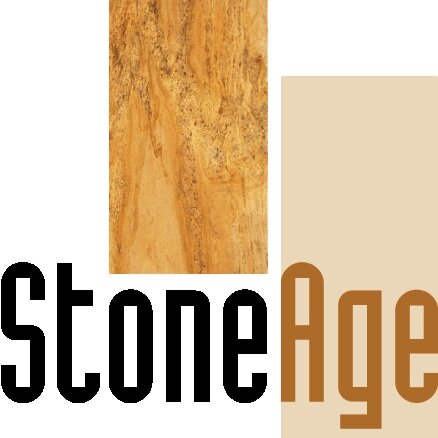Consumer Reports on Best Choice for Countertop Material and Pros & Cons
/Countertop Intelligence
1. Quartz
Pros: It mimics the look of stone yet needs less maintenance. Hot pots, serrated knives, abrasive pads, and most stains were no match for quartz, which is a combination of mineral, color, and resin. It comes in vibrant colors in addition to patterns that look like granite and marble.
Cons: Edges and corners can chip, and you’ll need a pro to repair them. Rounded edges help.
2. Granite
Pros: Each slab of this natural material is unique; rare colors and veining cost more. Heat, cuts, and scratches didn’t harm granite in our tests. Polished and matte finishes resisted most stains when properly sealed, so pick the look you prefer.
Cons: Periodic resealing is needed to fend off stains. Like quartz, edges and corners can chip and must be professionally repaired.
3. Soapstone, Limestone, and Marble
Pros: Soapstone isn’t as common as granite, and it’s superb at resisting heat damage. Small scratches can be repaired by sanding finely and applying mineral oil. Limestone (pictured) and marble are classic materials. Limestone also has a natural-stone look without heavy veining or graining, and it resists heat.
Cons: Soapstone nicks, cuts, and scratches easily, and some stains are too tough to be washed away. Limestone and marble also have those drawbacks, and heat damaged our marble.
4. Laminate
Pros: Inexpensive, easy to install, and so much better-looking than you probably remember, thanks to new printing technology and decorative edges. Stains and heat didn’t damage the laminates we tested.
Cons: Cutting directly on it easily and permanently damages laminate, so use a cutting board.
5. Solid Surfacing
Pros: Available in a variety of colors and patterns, it can be used for the counters, sink, and backsplash, creating a seamless look because joints are almost invisible. And like quartz, its color won’t vary much from the store sample. Solid surfacing is resistant to most stains, and small nicks and scratches can be repaired.
Cons: It scratches and cuts easily, so a cutting board is a must.
6. Recycled Glass
Pros: Large shards give it a fun, contemporary look; finely ground glass makes it less busy. Most glass counters we tested resisted stains, cuts, scratches, and heat.
Cons: It’s the only material for which we found a difference among brands. Cosentino’s Eco counters were the only ones that developed a thin crack during our heat tests.
7. Butcher Block
Pros: It adds warmth and is easy to install and repair, but the finish makes a difference. Varnish improved stain resistance, but penetrating oils diminished it.
Cons: Nicks and scratches can easily happen, though they can be sanded out.



